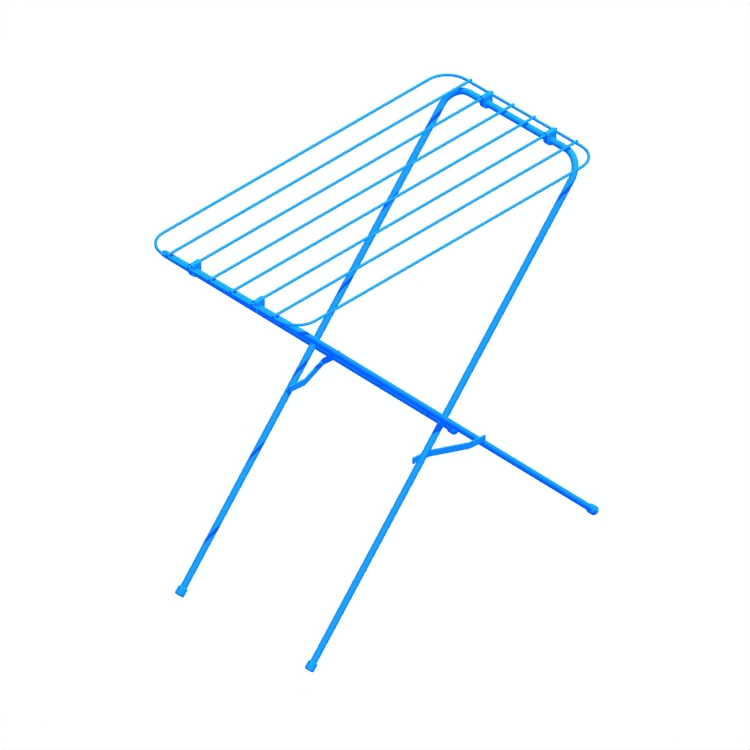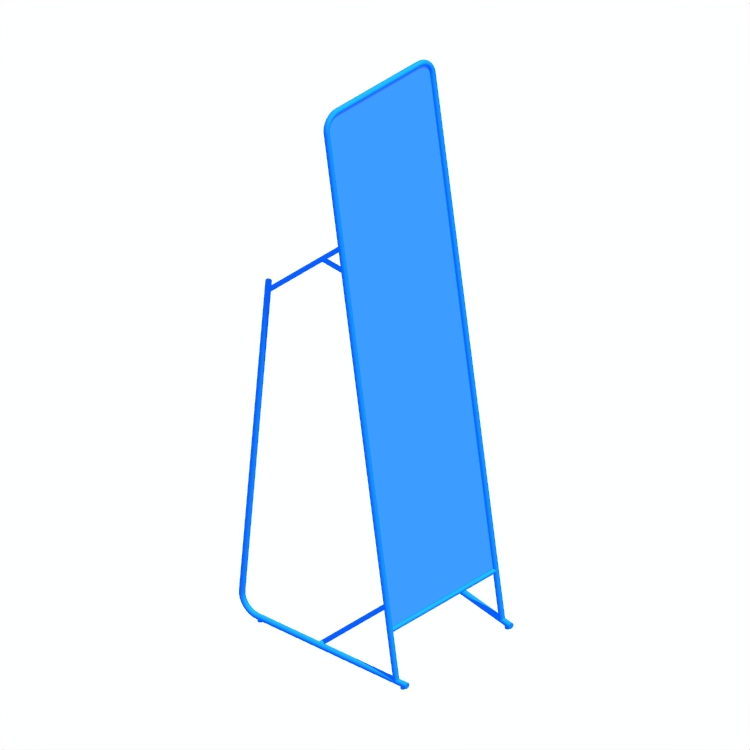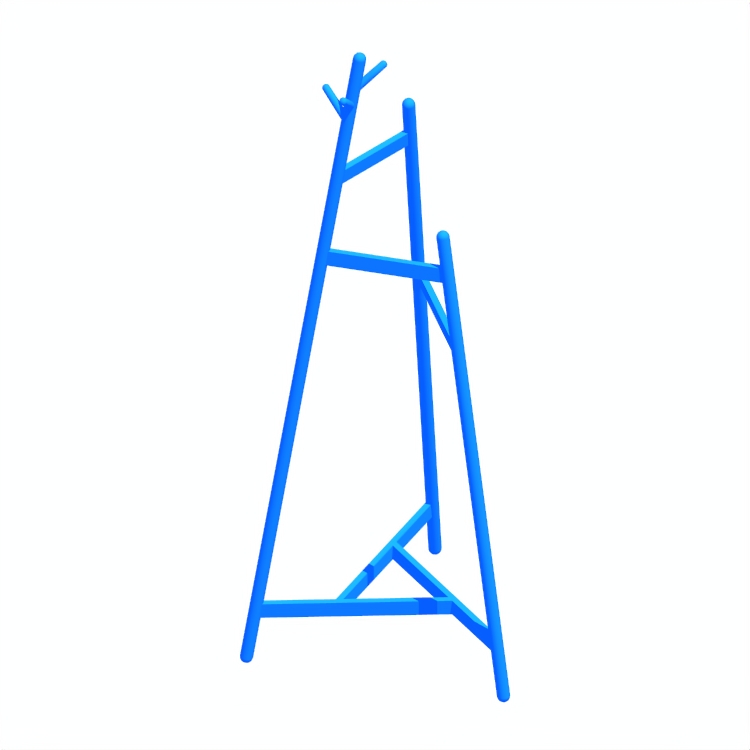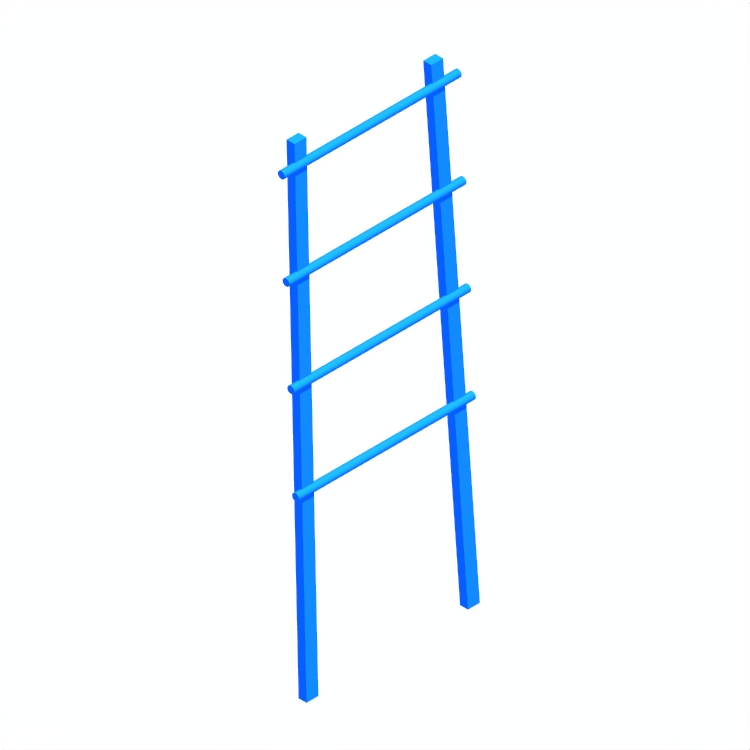Support and utility furniture includes secondary pieces that serve specific, practical purposes in a space. These items aren’t used for sitting or sleeping, but help organize, divide, or support everyday activities. Found in entryways, living rooms, bedrooms, offices, and outdoor areas, this furniture includes things like coat racks, plant stands, mirrors, kitchen carts, drying racks, and umbrella stands.
Some pieces hold objects, while others offer surfaces, lighting, or spatial separation. They are often lightweight, movable, and adaptable to different layouts or needs. Though not the main feature in a room, support and utility furniture plays an important role in making spaces more functional, tidy, and comfortable by filling gaps that larger furniture can’t address on its own.
Support and utility furniture has long been part of everyday life, often created out of necessity to serve specific household tasks. Early examples include simple wooden racks for hanging garments, stools used as step-ups, or portable tables for serving food. As daily routines became more organized, so did the furniture that supported them.
In castles and estates, furniture like coat stands, room dividers, and decorative screens helped manage clothing, privacy, and lighting. Over time, these items became more refined, with materials and design reflecting the needs and tastes of different cultures. Though often secondary to major furnishings, support pieces like mirrors, stands, and carts quietly shaped the way people lived—making homes more efficient, flexible, and responsive to daily activities.
Support and utility furniture is becoming smarter, more mobile, and more adaptable to modern living. Items like mirrors with built-in lighting or smart displays are making everyday routines more efficient. Compact homes and changing lifestyles are leading to multifunctional designs—plant stands with built-in lights, clothing racks with charging stations, or room dividers that also store items.
Materials are shifting toward sustainable options like bamboo, recycled metal, or biodegradable plastics. Many pieces are foldable, stackable, or modular, making them easy to store or reconfigure. In both home and commercial spaces, utility furniture is helping people do more with less, blending functionality with clean, modern aesthetics. These pieces support everything from organization to wellness, playing a quiet but essential role in daily life.
Support & Utility Furniture is important in home organization because it provides structure and order to everyday activities. Pieces like racks, carts, and stands create designated places for items, reducing clutter and making spaces more efficient. By combining function with adaptability, these furnishings help households stay organized while supporting comfort, accessibility, and the smooth flow of daily routines.
Support & Utility Furniture is usually freestanding, designed for flexibility and ease of movement. Items like coat racks, carts, or room dividers can be relocated or repurposed as needed. Unlike built-in fixtures, these pieces are not permanent and provide adaptable solutions for storage, display, or organization, making them especially useful in changing households, rental spaces, or multi-purpose rooms.
Support & Utility Furniture often overlaps with storage solutions by providing accessible, everyday organization. Items like hall trees, plant stands, and carts combine storage with function, keeping essentials visible and within reach. Unlike larger storage furniture, these pieces are smaller, mobile, or specialized, making them ideal for handling overflow, managing seasonal items, or supporting flexible household layouts without overwhelming a space.




















